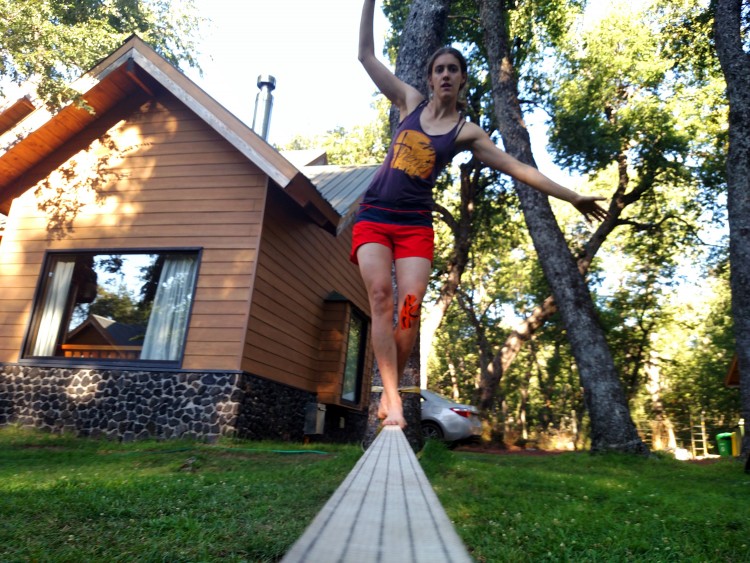I’ve always wanted to post a monthly round-up of cool, inspiring things I find on the internet, a la Semi-Rad’s weekly round-up. Alas, when left to my own internet-surfing devices, I end up reading clickbait articles about cats that get stuck in weird places and watching hours of fail compilation videos. Luckily, my taste in books is a little* more high-minded, so I decided to start a column where I share what I’m reading OFF THE INTERNET (*gasp*), and how these books have helped me develop as an athlete.
*80% of what I read is detective mysteries, but I also read a lot of nonfiction and self-improvement stuff, and that’s what I’ll be sharing here. Feel free to email me for my totally not highbrow mystery suggestions.

The Power of Habit: Why We Do What We Do in Life and Business
Some of the books I find the most inspiring athletically have nothing to do with sports at all, but rather tackle how the mind works more generally. I have been carrying around about 15 pounds of sports psychology textbooks (to two continents now agh) and have yet to finish any of them, but I devoured The Power of Habit in a single sitting. Admittedly, it was a long sitting — a seven hour trans-Atlantic flight to be precise — but the point is that I found this book incredibly inspiring.
Duhigg delves deep into how habits work and how basically everything we do is a compilation of learned patterns. He covers addiction, weight loss, homicidal sleep-walkers and how companies use the science of habit to manipulate purchases. According to Duhigg, every single habit is made up of three phases: cue, routine and reward. In other words, there’s a trigger that sets off a learned behavior (the habit), which then results in an expected outcome (the reward).
The key to changing a “bad” habit is to change the routine — if you’re like me, you probably thought the key to changing a habit had more to do with, say, willpower, or avoiding the trigger (what Duhigg would call the cue). This book really made me think about habit formation in an entirely different way. You can’t always avoid the cues, but you can change how you respond to them. And sometimes, as The Power of Habit really explores, the cues and rewards are not as obvious as we think. Duhigg, for example, struggles with a habit of eating a cookie every afternoon — he thinks this behavior occurs because he’s hungry, but substituting a healthy snack doesn’t change his desire to eat a cookie. What does? Getting up from his desk and chatting with a friend. Only by tracking the behavior does he realize he wasn’t hungry at all — just bored and in need of social contact. I found this fascinating.
A few reasons this book is worth a read if you want to improve your athletic game:
1. Duhigg gives you a road map for changing your habits by seeking out the cues and rewards. Maybe you’re trying to figure out why you have such a hard time motivating getting to the gym — or why you always drink a beer instead of a recovery drink after a ride (ahem). Understanding habits is a first step towards changing them.
2. This book discusses inflection points — i.e. times when things go wrong and you have a choice of how to deal with them. One of the most helpful anecdotes for me featured a group of hip replacement patients. Half of which were tasked with writing out hour-by-hour, day-by-day plans of how they would deal with their recovery, including what they would do when they encountered inflection points, ex: “when I’ve been sitting for an hour and start to get stiff, I will get up and move.” The group that did this recovered way way WAY faster than the group that didn’t. So anticipating issues before they happen is the key to dealing with them the way you want to, and The Power of Habit offers some helpful suggestions on how exactly to do that.
3.The central thesis of this book is that habits can be changed. But only (ONLY!!!) if you believe and acknowledge that they can be changed. In other words, you can get fitter, faster, healthier, smarter — but first, you have to believe that that change is possible.
Leave me a comment or shoot me an email if you’ve read this book (or if you do!). I’d love to hear what you thought of it, or if you feel it’s helped become a better athlete or achieve your goals more generally.

